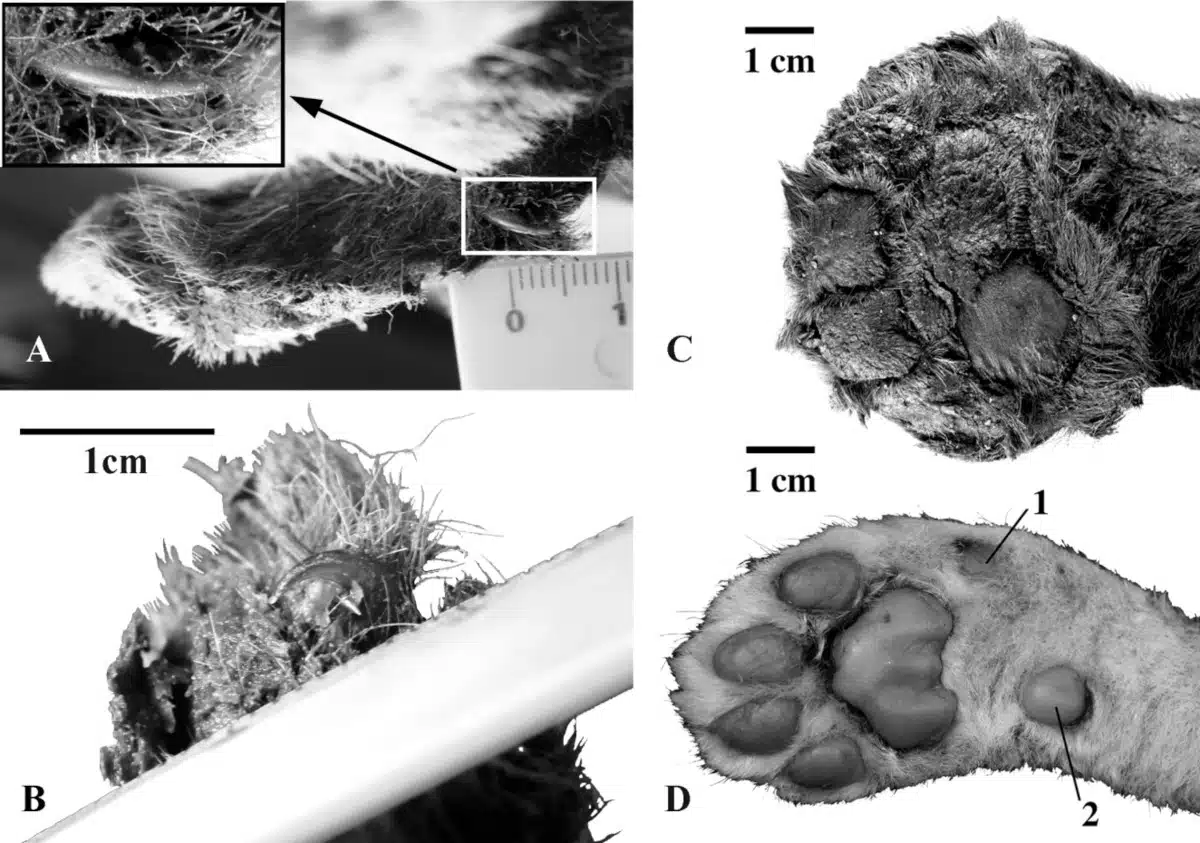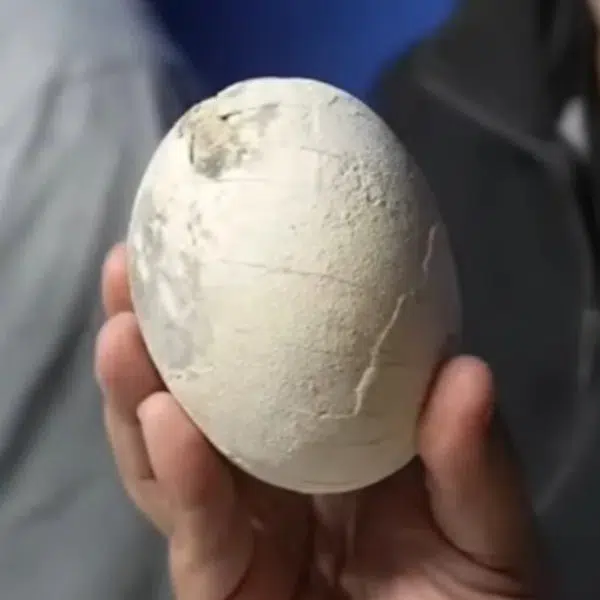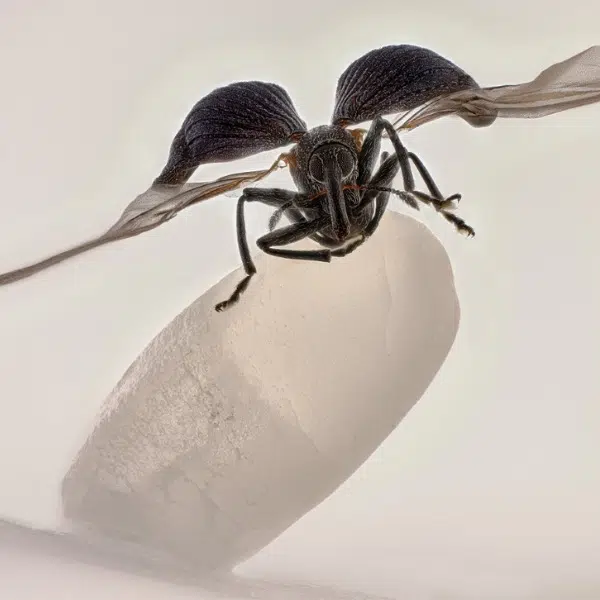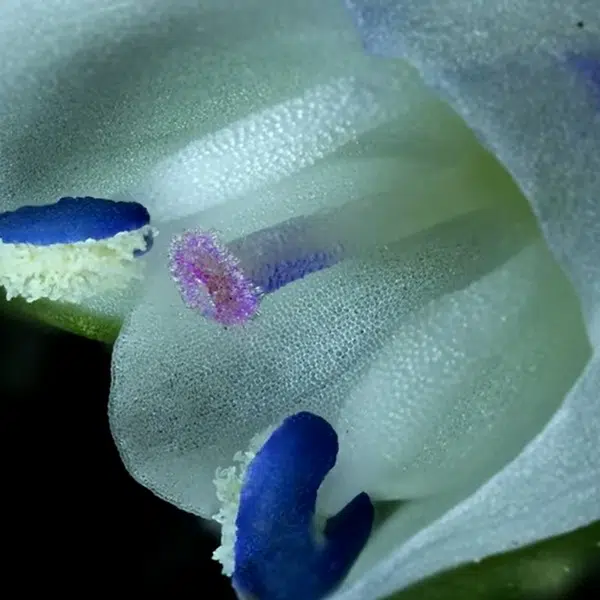
Photo: Lopatin et al./Scientific Reports via Wikimedia Commons (CC BY 4.0)
The mummy of a 35,000-year-old saber-toothed cub was pulled from the Arctic permafrost in Siberia. Due to the extreme conditions in the area, the specimen was in near-perfect condition, with its whiskers and claws attached—a world first that will help scientists better understand this extinct species. The findings were recently published in the journal Scientific Reports, where researchers shared that the feline was three weeks old when it died from unknown causes.
“The study of the specimen appearance showed its significant differences from a modern lion cub of similar age (three weeks) in the unusual shape of the muzzle with a large mouth opening and small ears, the very massive neck region, the elongated forelimbs, and the dark coat color,” the study authors write. The cub was found in the Badyarikha River in Yakutia, in Northeastern Russia, in 2020. Its age was determined via radiocarbon dating of the cub's fur, which indicated that it had been buried for at least 35,000 years.
The remains belong to the species Homotherium latidens, whose most outstanding feature is their massive canine teeth for hunting prey. However, due to its passing at a very young age, the cub had not developed them yet. The well-preserved conditions have allowed paleontologists to record physical characteristics of the Homotherium latidens—including details of the fur and the shape of its muzzle—for the first time.
The saber-toothed cats from the Homotherium genus lived across Eurasia, Africa, and the Americas, with different body features that allowed each of them to thrive in their corresponding environment. When researchers compared them with a modern 3-week-old lion, they also noted that the ancient creature had wider paws and no carpal pads, which gave these felines a better grip when walking around in the snow. The carcass was covered with “short, thick, soft, dark brown fur,” which protected the species from polar temperatures.
“The discovery of H. latidens mummy in Yakutia radically expands the understanding of distribution of the genus and confirms its presence in the Late Pleistocene of Asia,” conclude the researchers. “Thus, for the first time in the history of paleontological research, the external appearance of an extinct mammal that has no analogues in the modern fauna has been studied directly.”
The mummy of a perfectly preserved 35,000-year-old saber-toothed cub was pulled from the Arctic permafrost in Siberia.

Photo: Lopatin et al./Scientific Reports via Wikimedia Commons (CC BY 4.0)
Source: Mummy of a juvenile sabre-toothed cat Homotherium latidens from the Upper Pleistocene of Siberia
Related Articles:
Archaeologists Unearth 3,500-Year-Old Wooden Spade Preserved in British Wetlands
1,700-Year-Old Roman Statue Accidentally Unearthed in Near-Perfect Condition
13,600-Year-Old Mastodon Skull Discovered in Iowa Riverbank
9,000-Year-Old Petroglyphs Reveal Early Humans Knew About Dinosaurs






















































































